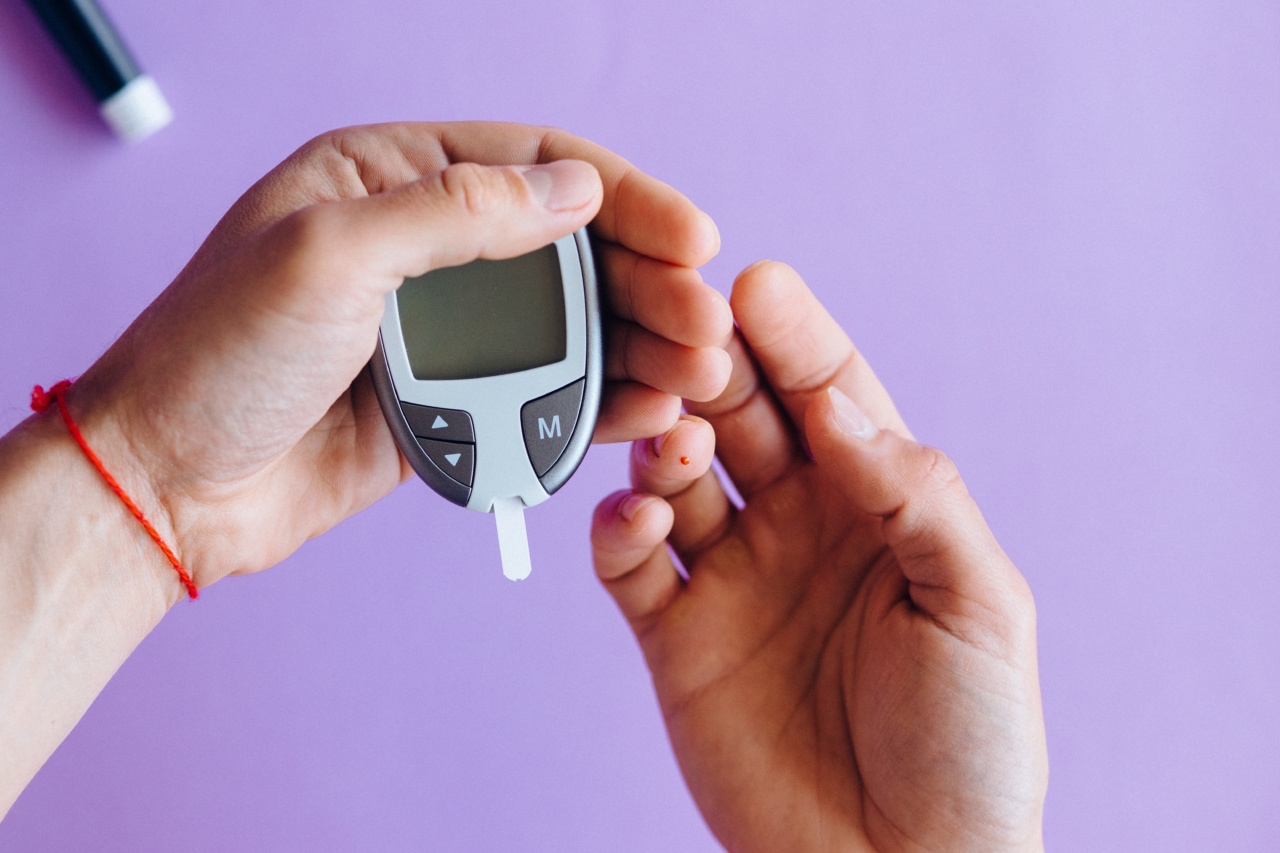Borderline blood sugar (also known as prediabetes) occurs when blood sugar levels are higher than normal but not high enough to be diagnosed as diabetes.
This condition is a warning sign that diabetes may develop in the future if preventive measures are not taken. Managing borderline blood sugar is essential to prevent further complications. Here are some expert tips to help you manage borderline blood sugar:.
1. Practice healthy eating habits
Healthy eating habits are essential for people with borderline blood sugar. A healthy diet means consuming whole, unprocessed foods that are low in calories and high in nutrients.
Aim to include a variety of vegetables, fruits, whole grains, lean proteins, and healthy fats in your diet. Avoid sugary drinks, processed foods, and foods high in saturated and trans fats. It is crucial to portion your meals and snacks to avoid overeating and balance your intake of macronutrients.
2. Exercise regularly
Physical activity plays a significant role in regulating blood sugar levels. Exercise stimulates the muscles to use more glucose, which helps lower blood sugar levels.
It is recommended to do at least 150 minutes of moderate-intensity aerobic exercise or 75 minutes of vigorous-intensity aerobic exercise per week. Additionally, strength training and flexibility exercises can also help manage blood sugar levels. Consult with your healthcare provider before starting any exercise program.
3. Maintain a healthy weight
Being overweight or obese increases the risk of developing diabetes and other health complications. Losing as little as 5-10% of your body weight can help improve blood sugar control and reduce the risk of developing diabetes.
A healthy diet and regular exercise are crucial to maintaining a healthy weight.
4. Manage stress
Stress can raise blood sugar levels by triggering the release of stress hormones. Finding ways to manage stress such as practicing mindfulness, deep breathing exercises, yoga, and meditation can help lower stress levels and improve blood sugar control.
5. Monitor blood sugar levels
Regular monitoring of blood sugar levels can help you track your progress and prevent complications. You can use a glucometer to check your blood sugar levels at home.
Your healthcare provider may also recommend getting an A1C test, which measures your average blood sugar levels over the past three months.
6. Take medications as prescribed
If necessary, your healthcare provider may prescribe medications to help manage your blood sugar levels. It is essential to take your medications as prescribed and follow up with your healthcare provider on any concerns or side effects.
Never stop taking your medication without first consulting with your healthcare provider.
7. Quit smoking
Smoking increases the risk of developing diabetes and other health complications. If you smoke, quitting is one of the best things you can do for your health.
8. Get enough sleep
Lack of sleep can affect blood sugar control. Aim to get at least seven to eight hours of quality sleep per night.
Establishing a regular sleep schedule, avoiding caffeine and electronics before bed, and creating a relaxing sleep environment can promote better sleep quality.
9. Educate yourself
Education is a powerful tool for managing borderline blood sugar. Learn about the condition, its causes, symptoms, and complications. Stay up to date with the latest research and guidelines.
Attend appointments with your healthcare provider and ask questions. Join support groups and connect with others who are managing borderline blood sugar or diabetes.
10. Seek professional help
If you are struggling to manage borderline blood sugar on your own, seek professional help. Consult with your healthcare provider, a registered dietitian, or a diabetes educator.
These professionals can help you develop a personalized plan to manage your blood sugar levels and prevent complications.































